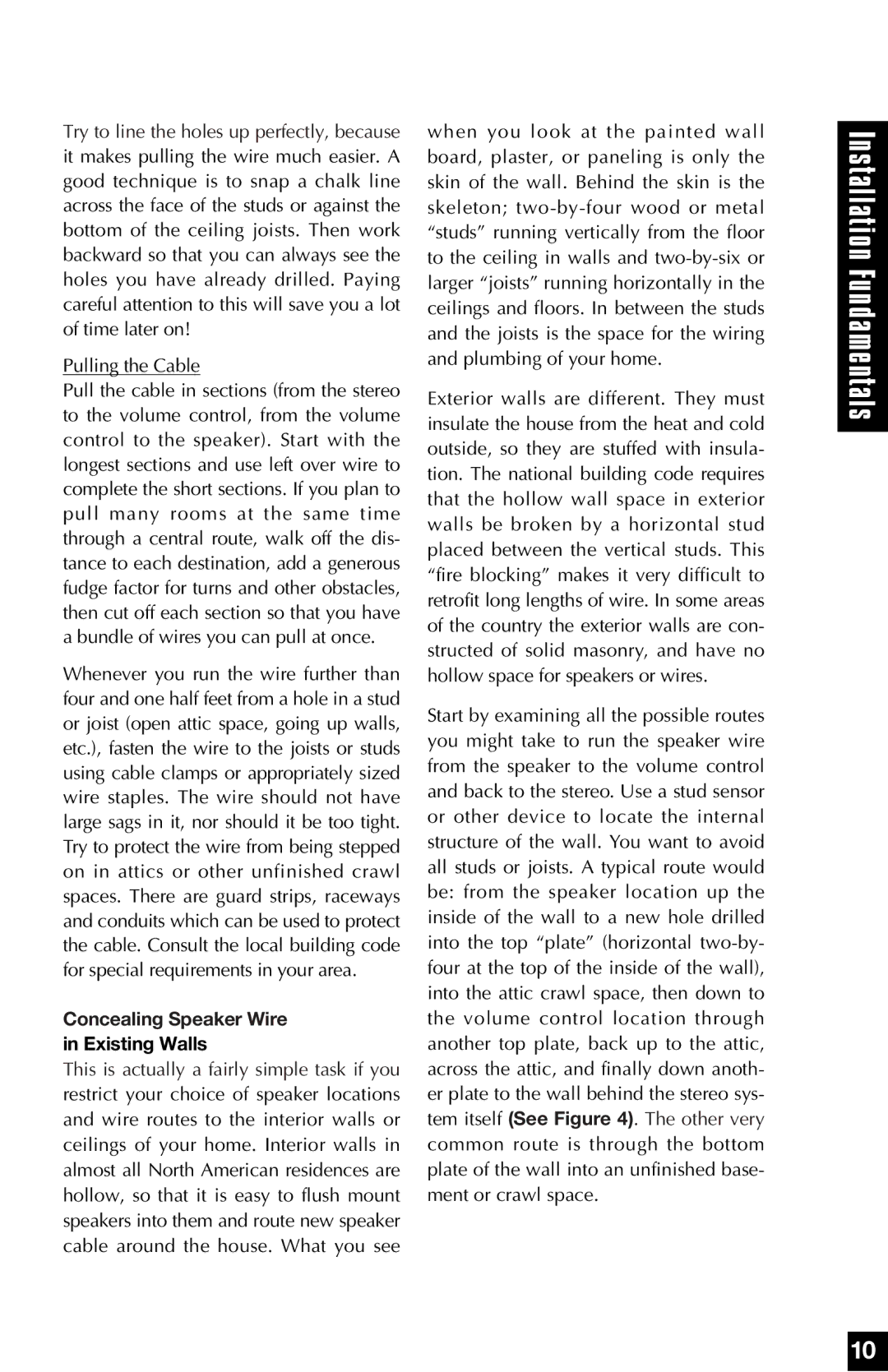MP5, MP6 specifications
Niles Audio, a prominent name in audio innovation, offers the MP6 and MP5, two remarkable multi-room audio controllers that elevate the listening experience in both residential and commercial environments. Designed to seamlessly integrate with existing audio systems, these models are characterized by their sophisticated technology, intuitive user interface, and high-quality sound reproduction.The MP6 is known for its ability to accommodate up to six zones of audio distribution, making it perfect for larger spaces. It features an intuitive digital display that allows users to navigate through selections with ease, giving them complete control over music selection and volume settings across different areas. The controller supports a variety of source inputs, including CD players, streaming devices, and even television audio, ensuring that users can enjoy their favorite content without compromise.
The MP5, while slightly smaller, doesn't compromise on functionality. It manages up to five zones with similar ease and elegance. Both models utilize advanced digital amplification technology, which ensures that audio performance is not only crystal clear but also powerful enough to fill larger spaces without distortion. This high-fidelity audio experience is complemented by the controllers' compact design, allowing for discreet installation in any environment.
One of the standout features of the Niles Audio MP6 and MP5 is their compatibility with multi-room systems. Both models support Ethernet connectivity, enabling users to integrate streaming music services, such as Spotify and Pandora, directly into their audio setup. This capability allows for a versatile listening experience, making it easy to switch between different audio sources and settings depending on the mood or occasion.
Moreover, these controllers come with a mobile app that enhances user convenience. The app is designed to control volume levels, select audio sources, and customize settings from anywhere within the home or workspace. This wireless control adds a layer of flexibility that modern users highly appreciate.
In conclusion, the Niles Audio MP6 and MP5 are essential tools for any audio enthusiast looking to create a rich, immersive listening experience. Through their cutting-edge technology, user-friendly features, and high-quality sound, they stand as great investments for anyone aiming to elevate their audio setup to the next level. Whether for casual listening or hosting gatherings, these multi-room audio controllers deliver performance that meets the diverse needs of today’s listeners.
